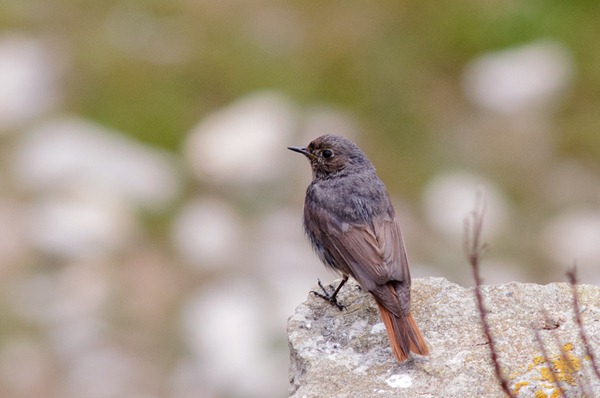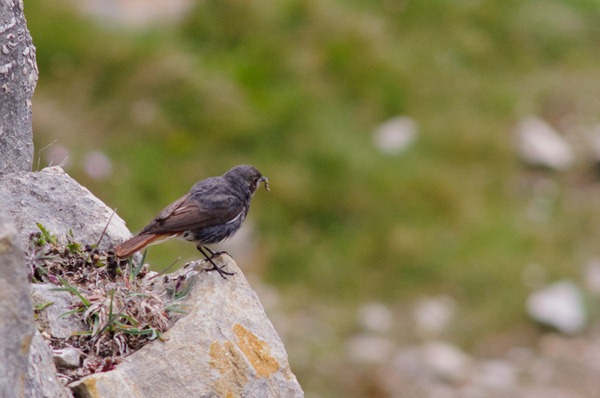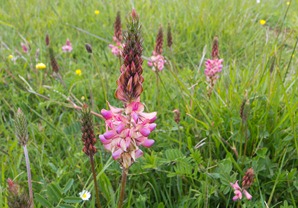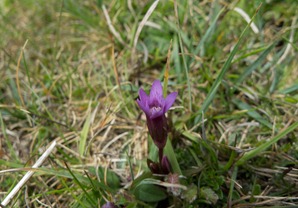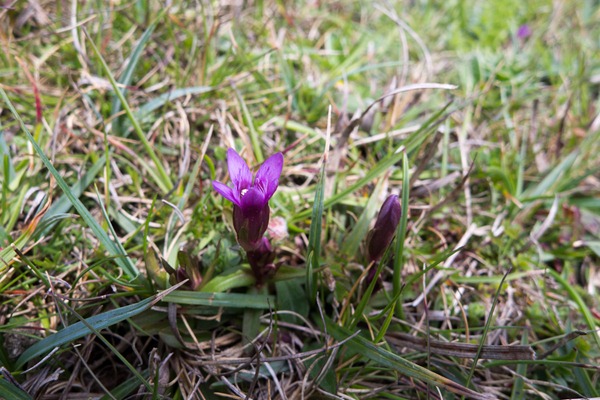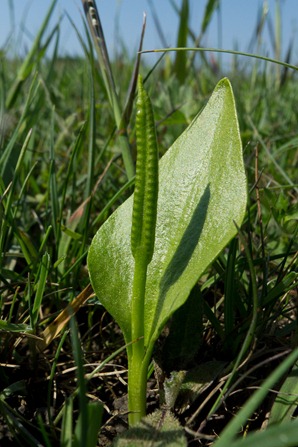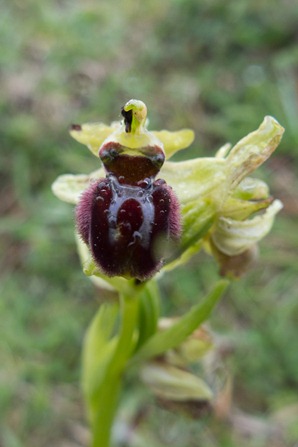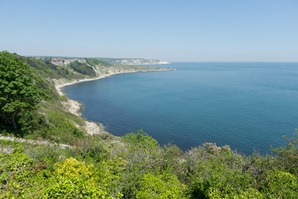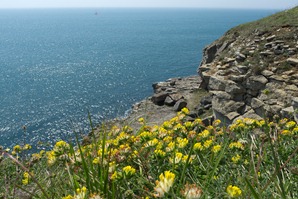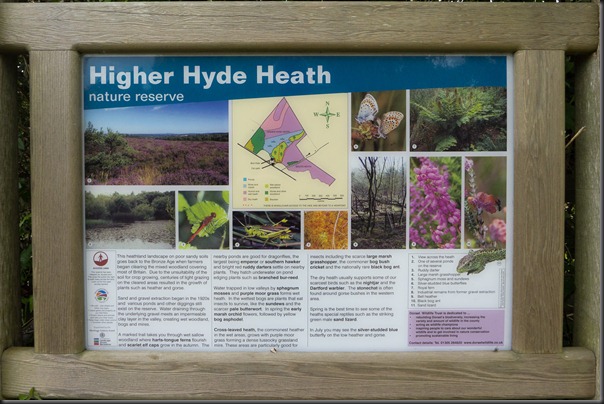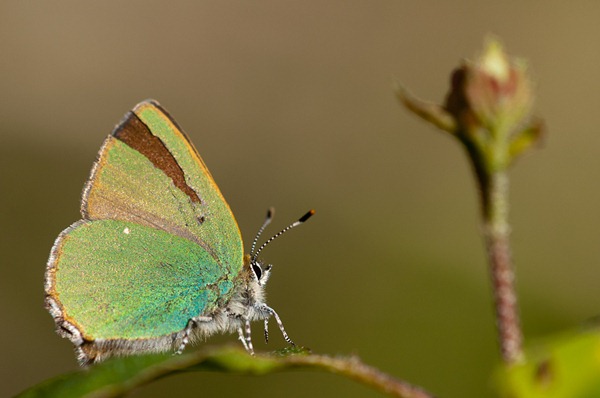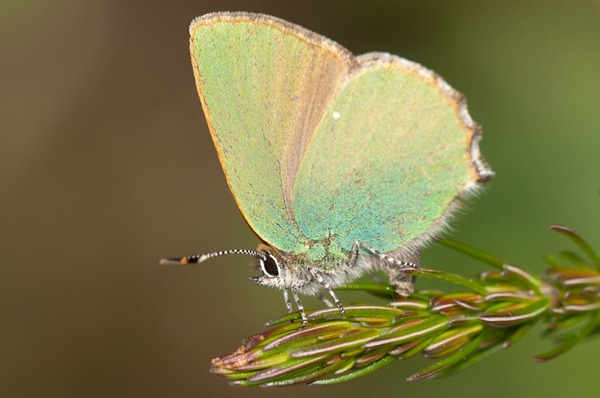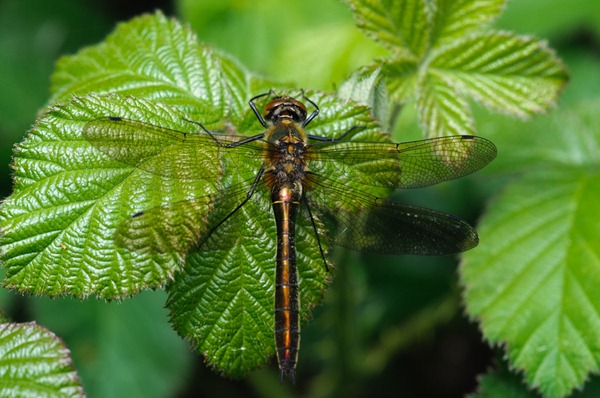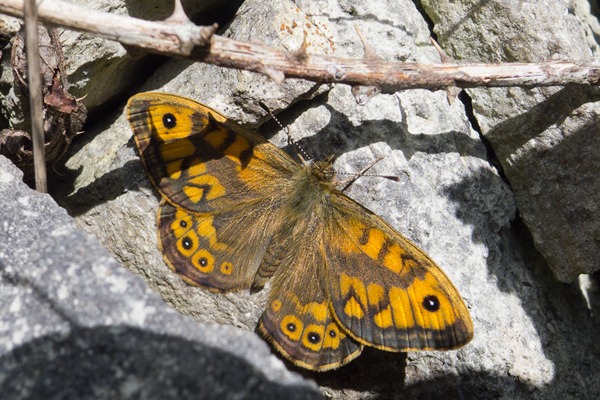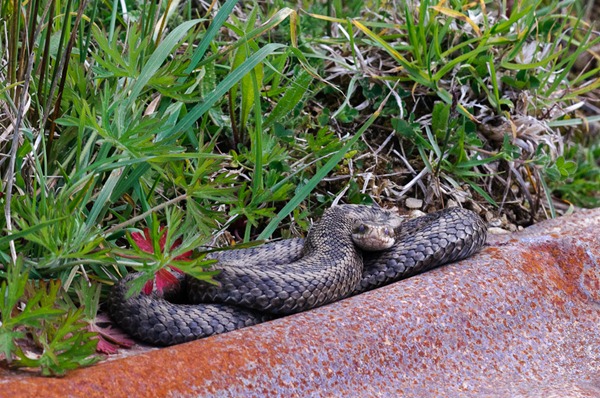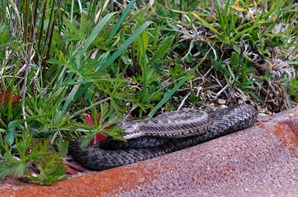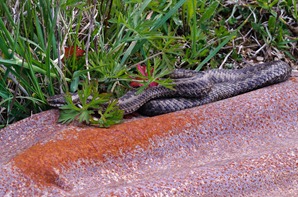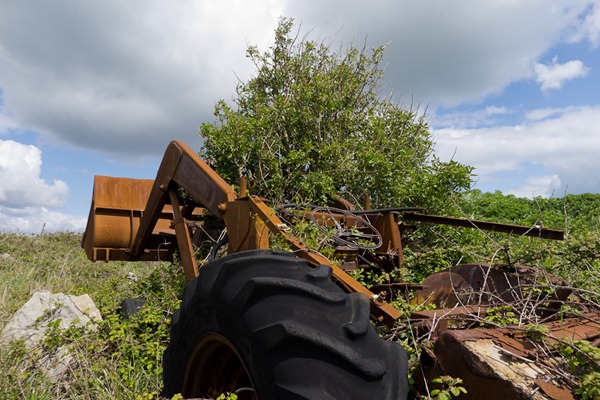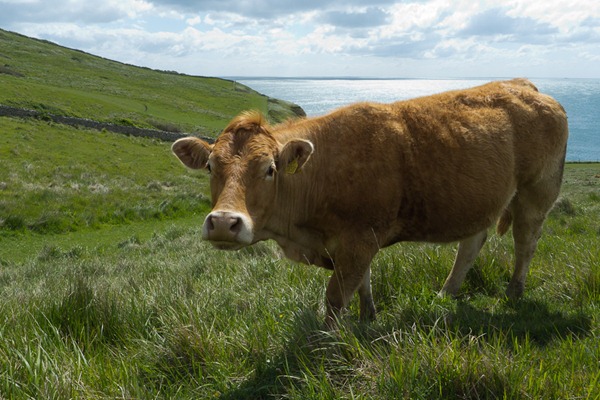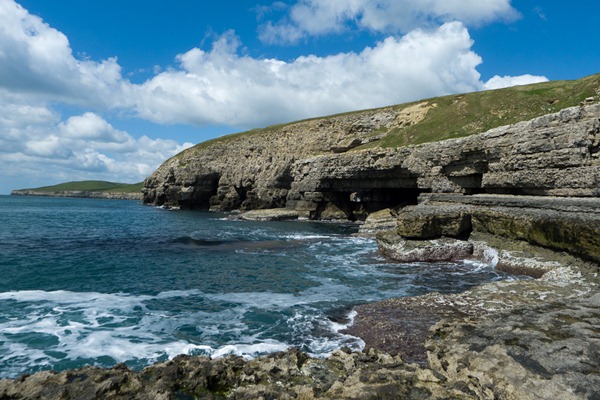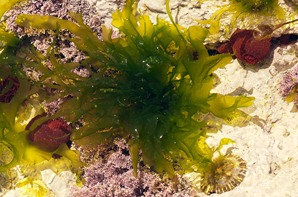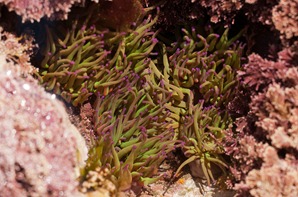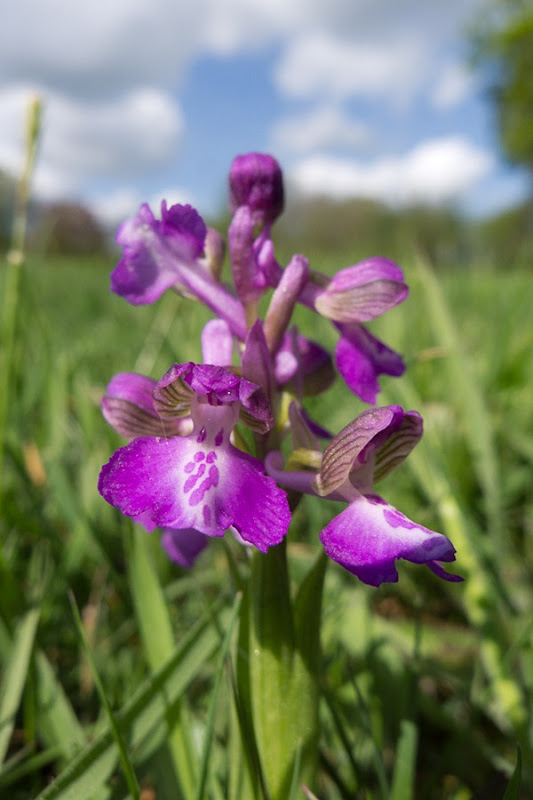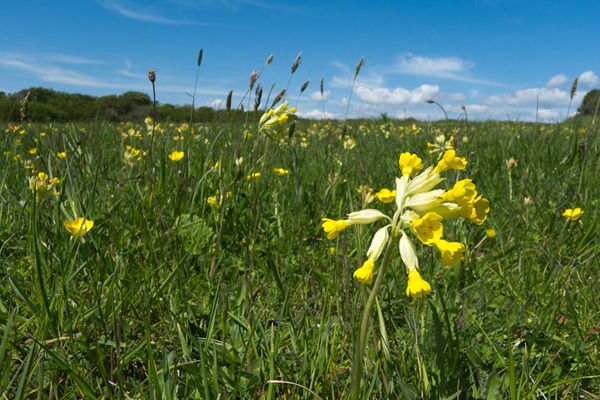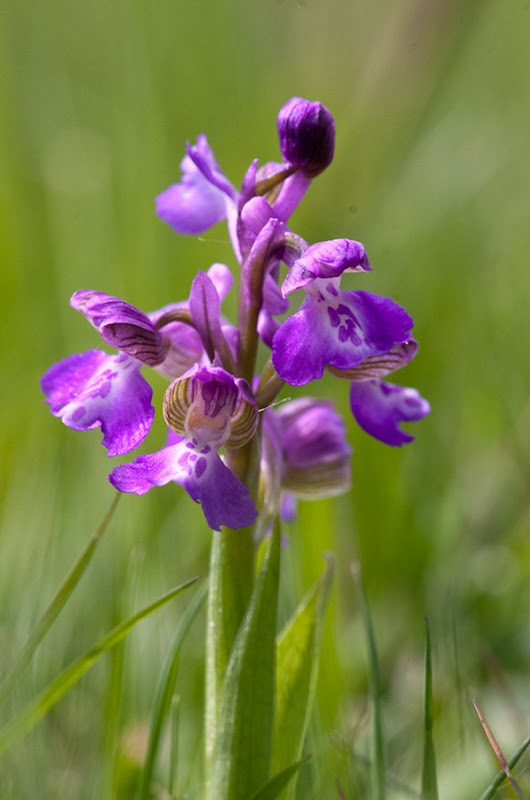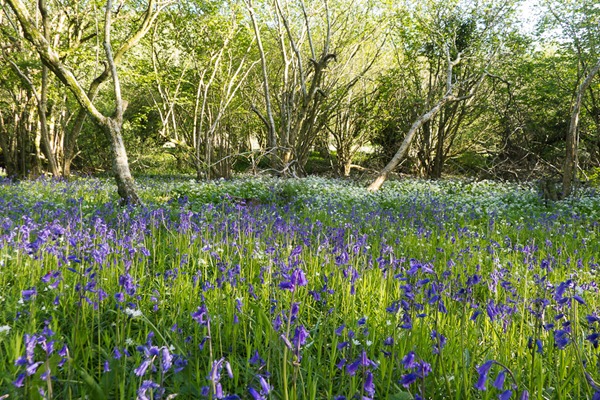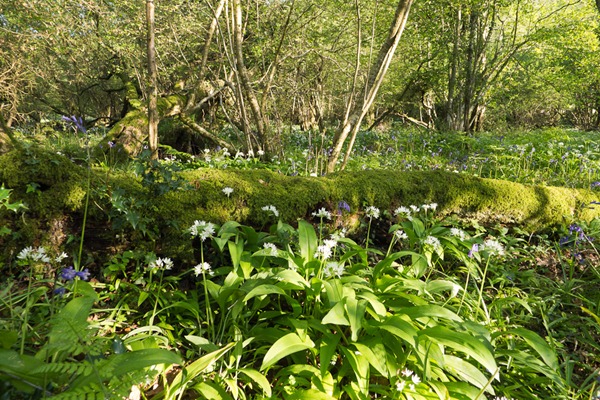In addition to the Dragonflies, Butterflies, Birds and heathland flora the main attraction at Higher Hyde Heath is the healthy population of the elusive Sand Lizard. Although I’ve been fortunate enough to see them before at Arne and closer to home at Ainsdale, they’ve been in so much cover its proved difficult to get a decent photograph.
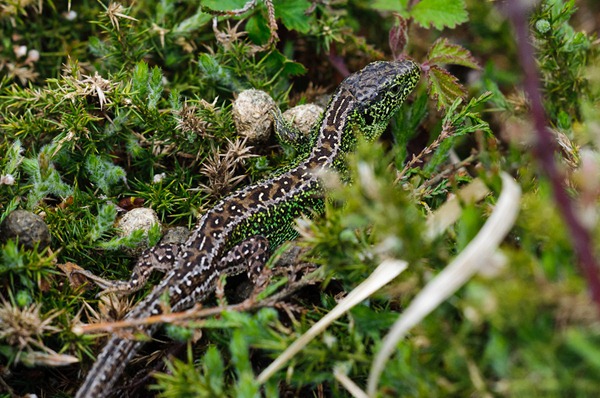 Sand Lizard (male) Sand Lizard (male)
|
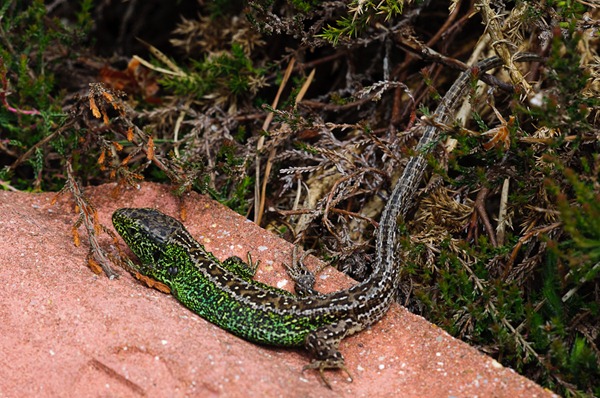 Sand Lizard (male)
Sand Lizard (male)
|
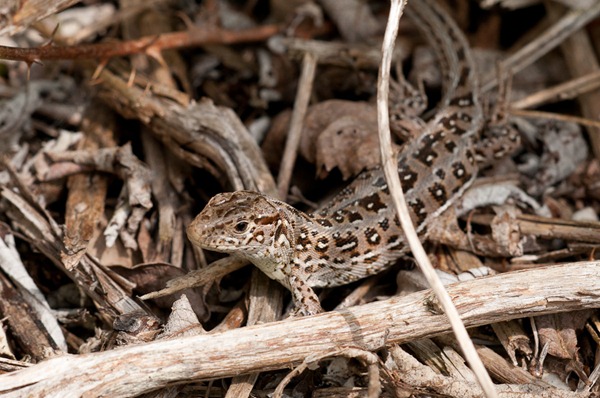 Sand Lizard (female) Sand Lizard (female)
|
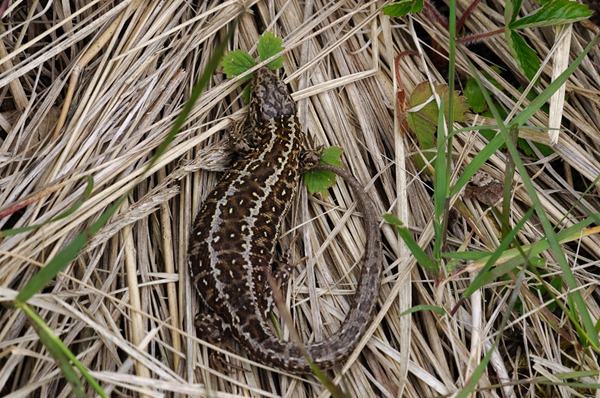 Sand Lizard (female) Sand Lizard (female)
As well as the Sand Lizards Higher Hyde heath also has plenty of Common Lizards. Grass snakes, Adders, Slow worms and even the rare Smooth Snake can also be found. A very impressive reserve hopefully next time we’ll have a bit more time to explore it.
|
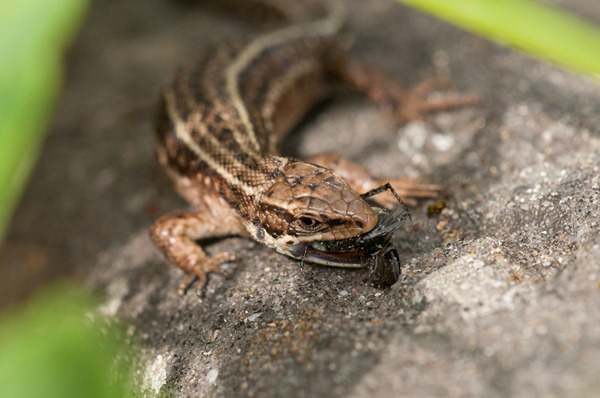 Common Lizard doing its best to control the horseflies
Common Lizard doing its best to control the horseflies
|
 Basking Common Lizards (larger pale one is the female)
Basking Common Lizards (larger pale one is the female)
|
